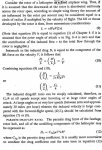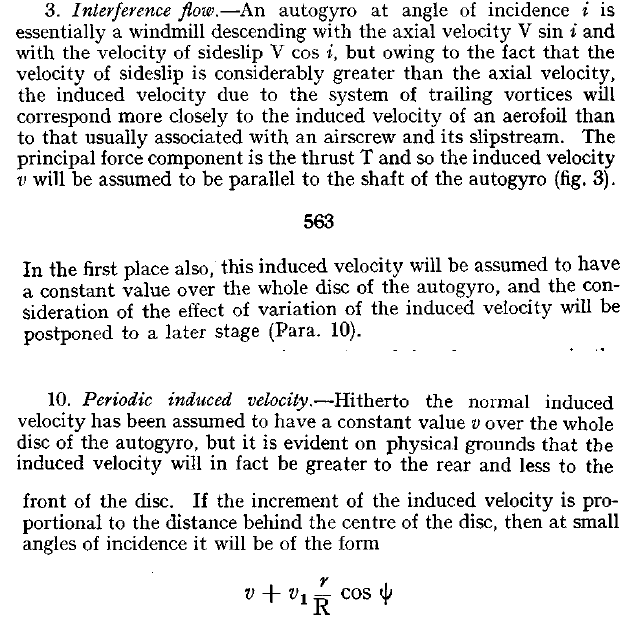kolibri282
Super Member
Chèr Jean Claude,
this particular chart is from:
- naca advanced confidential report L4H07: "Charts for Estimation of the Charakteristics of a Helicopter Rotor in Forward Flight"
the same chart, albeit a bit cropped, can be found in :
- naca tn 716 "A Simplified Method of Determining the Charakteristiks of a Helicopter Rotor in Forward Flight"
In naca 716 the explanation of how the chart is derived is a bit better in my opinion.
I have zipped the two files since the naca report server is currently down (and will probably not be available for quite some time) . They are available here:
http://www.divshare.com/download/23949141-b78
this particular chart is from:
- naca advanced confidential report L4H07: "Charts for Estimation of the Charakteristics of a Helicopter Rotor in Forward Flight"
the same chart, albeit a bit cropped, can be found in :
- naca tn 716 "A Simplified Method of Determining the Charakteristiks of a Helicopter Rotor in Forward Flight"
In naca 716 the explanation of how the chart is derived is a bit better in my opinion.
I have zipped the two files since the naca report server is currently down (and will probably not be available for quite some time) . They are available here:
http://www.divshare.com/download/23949141-b78
Last edited:






